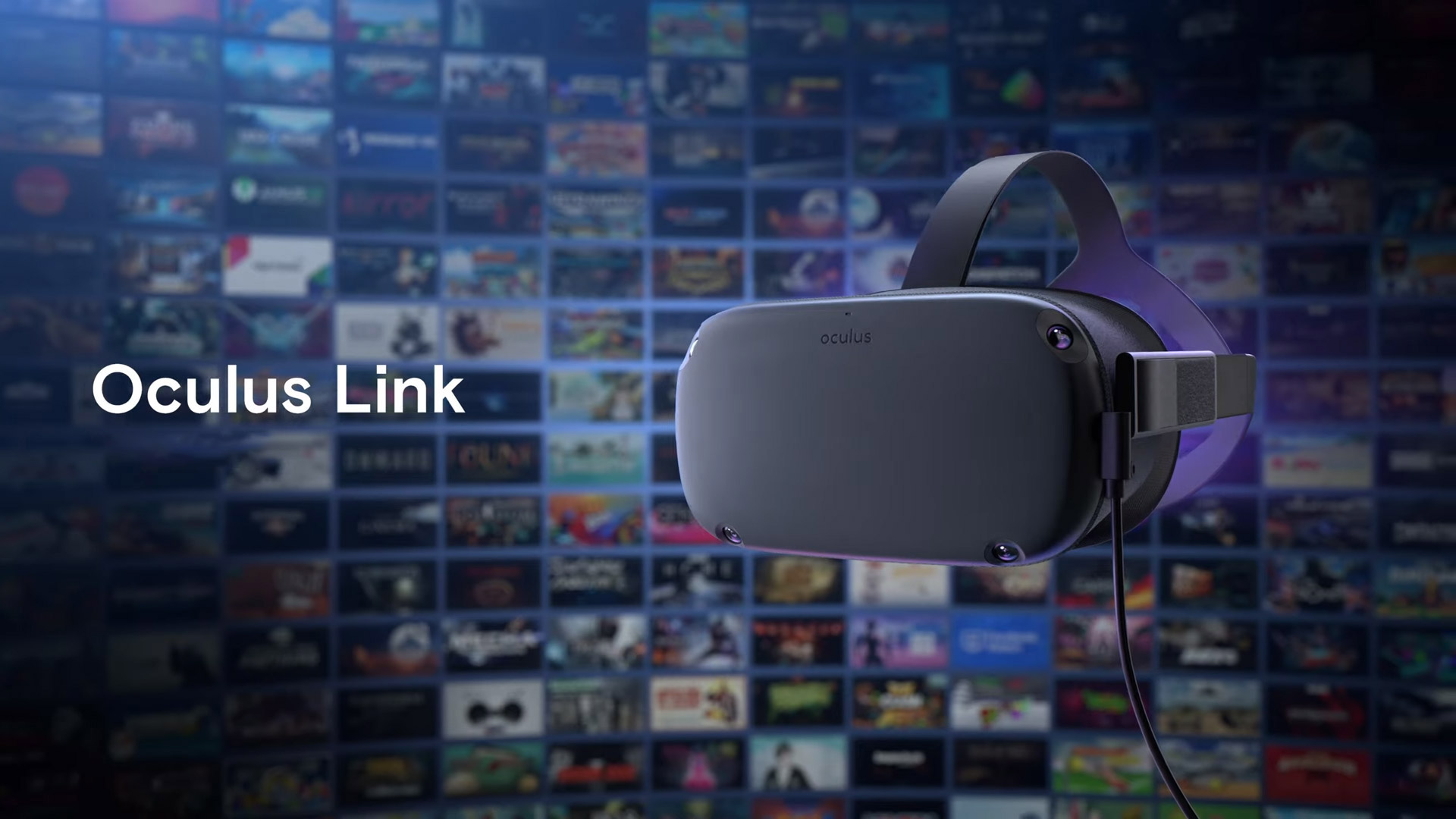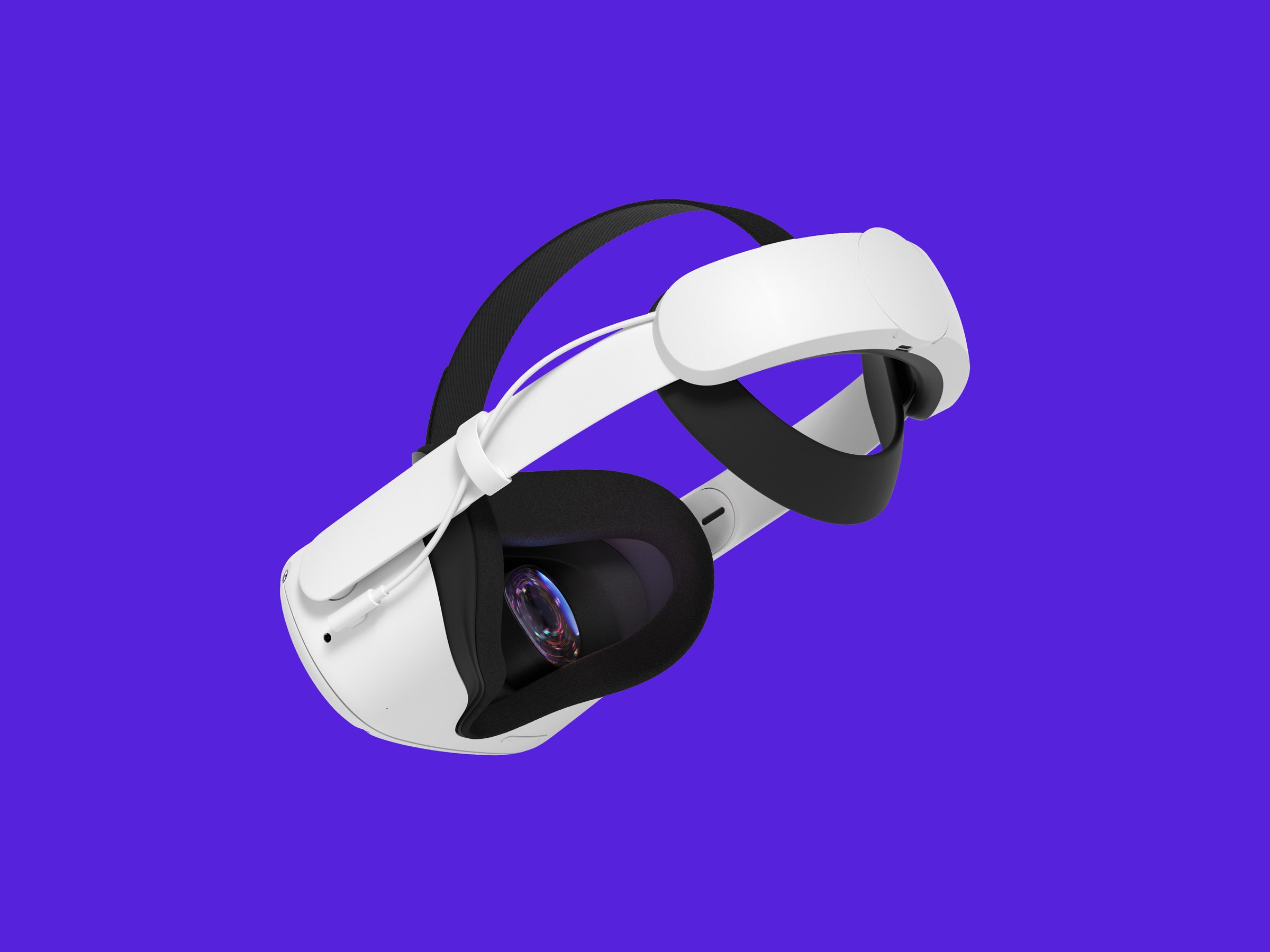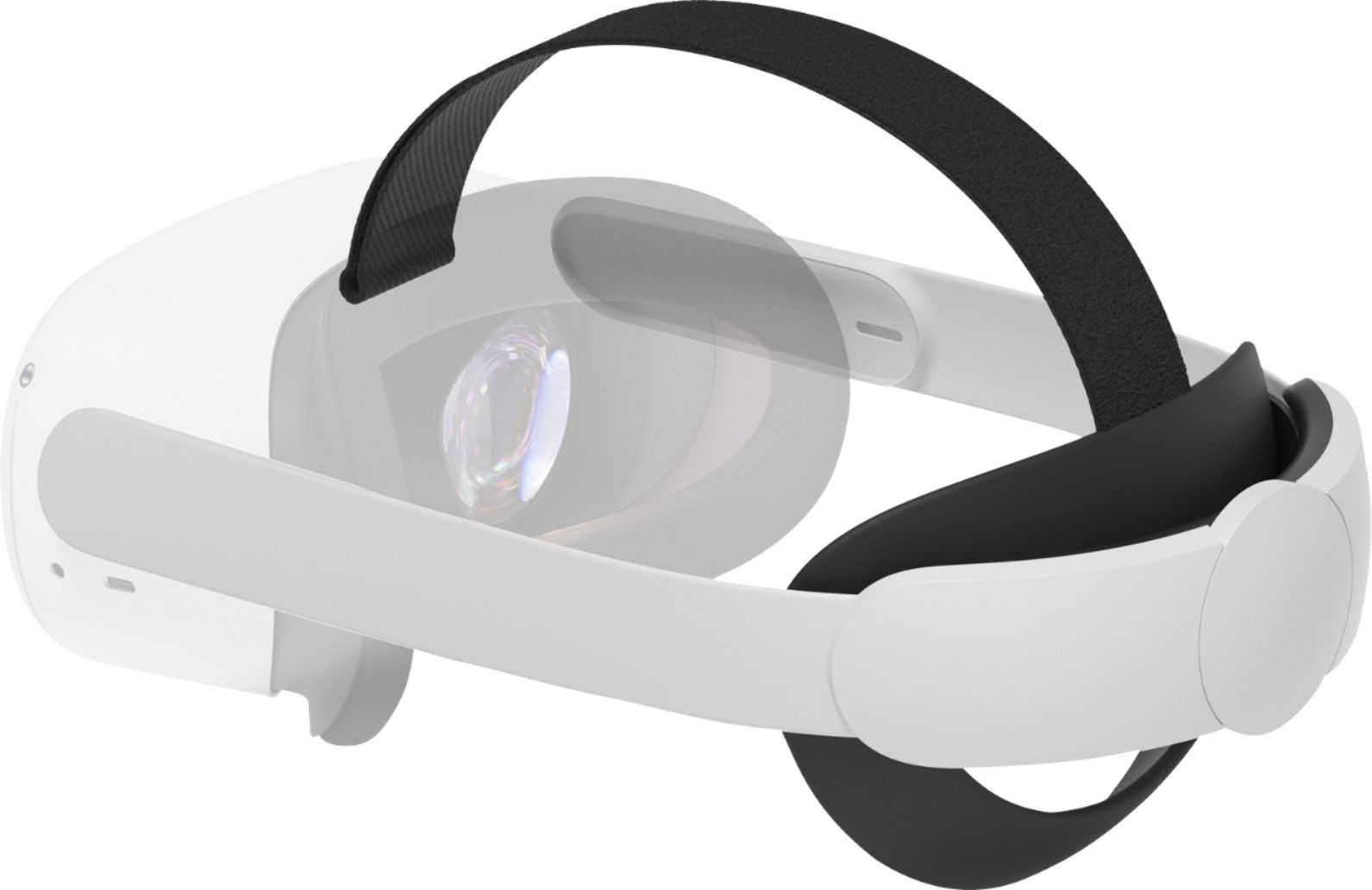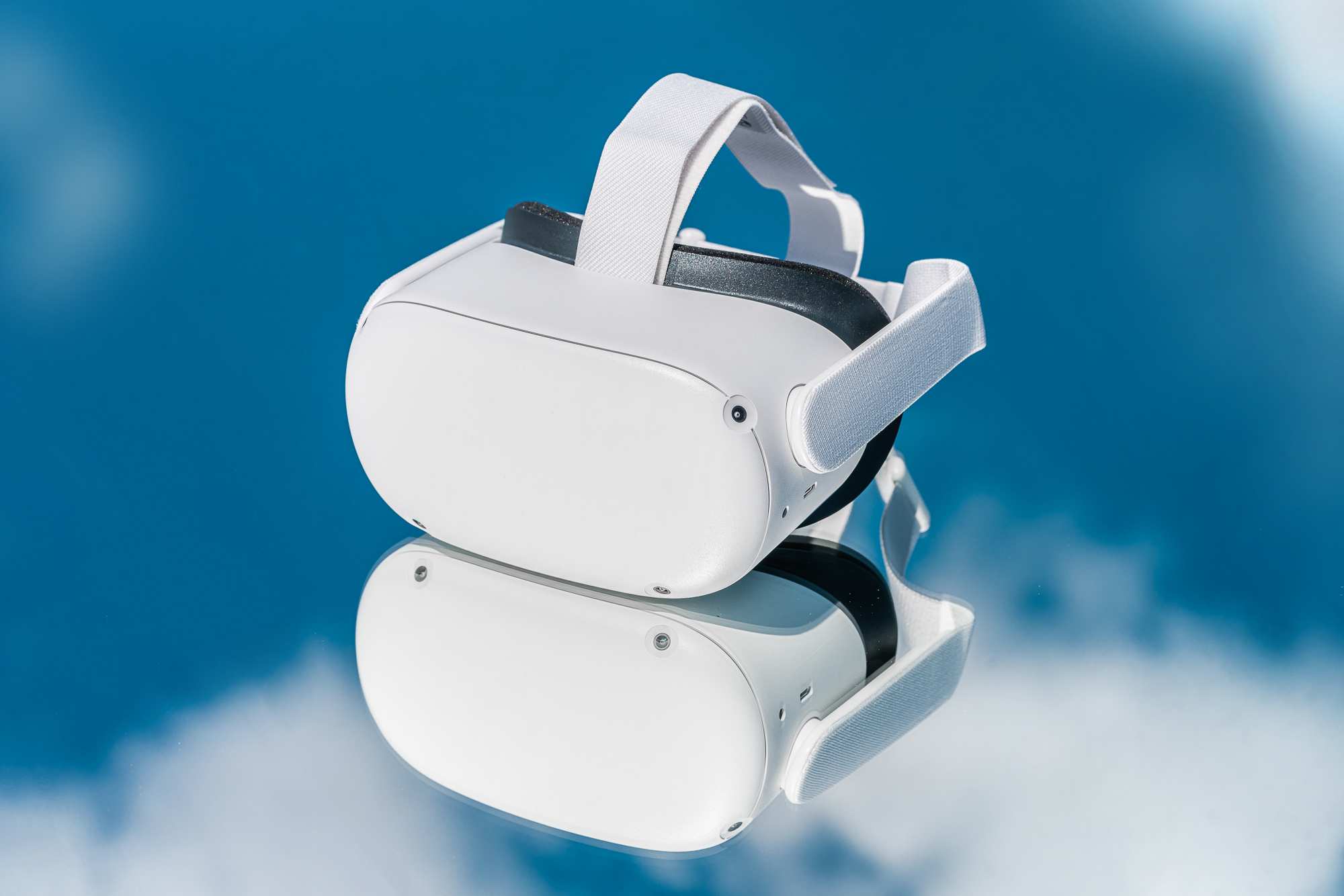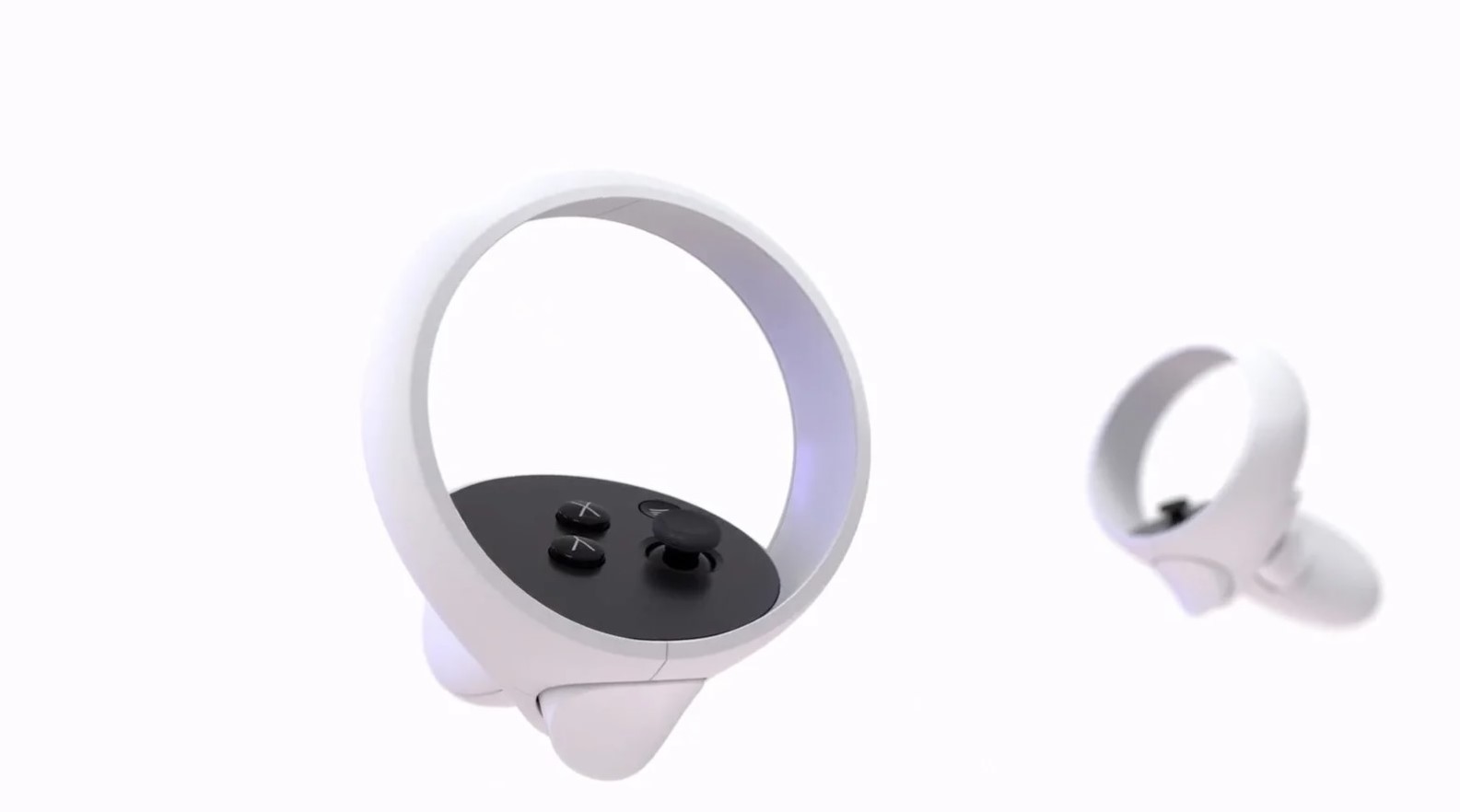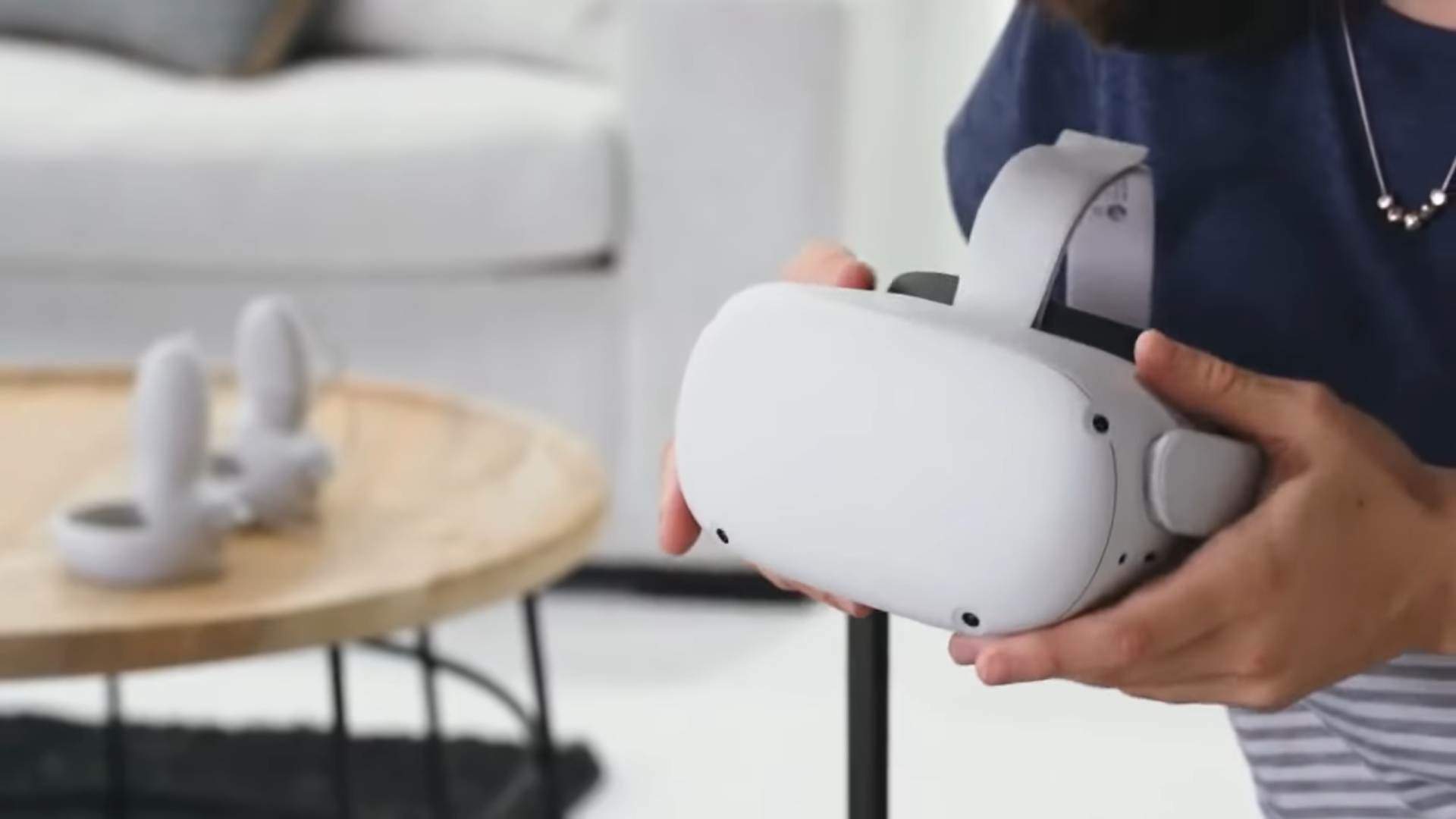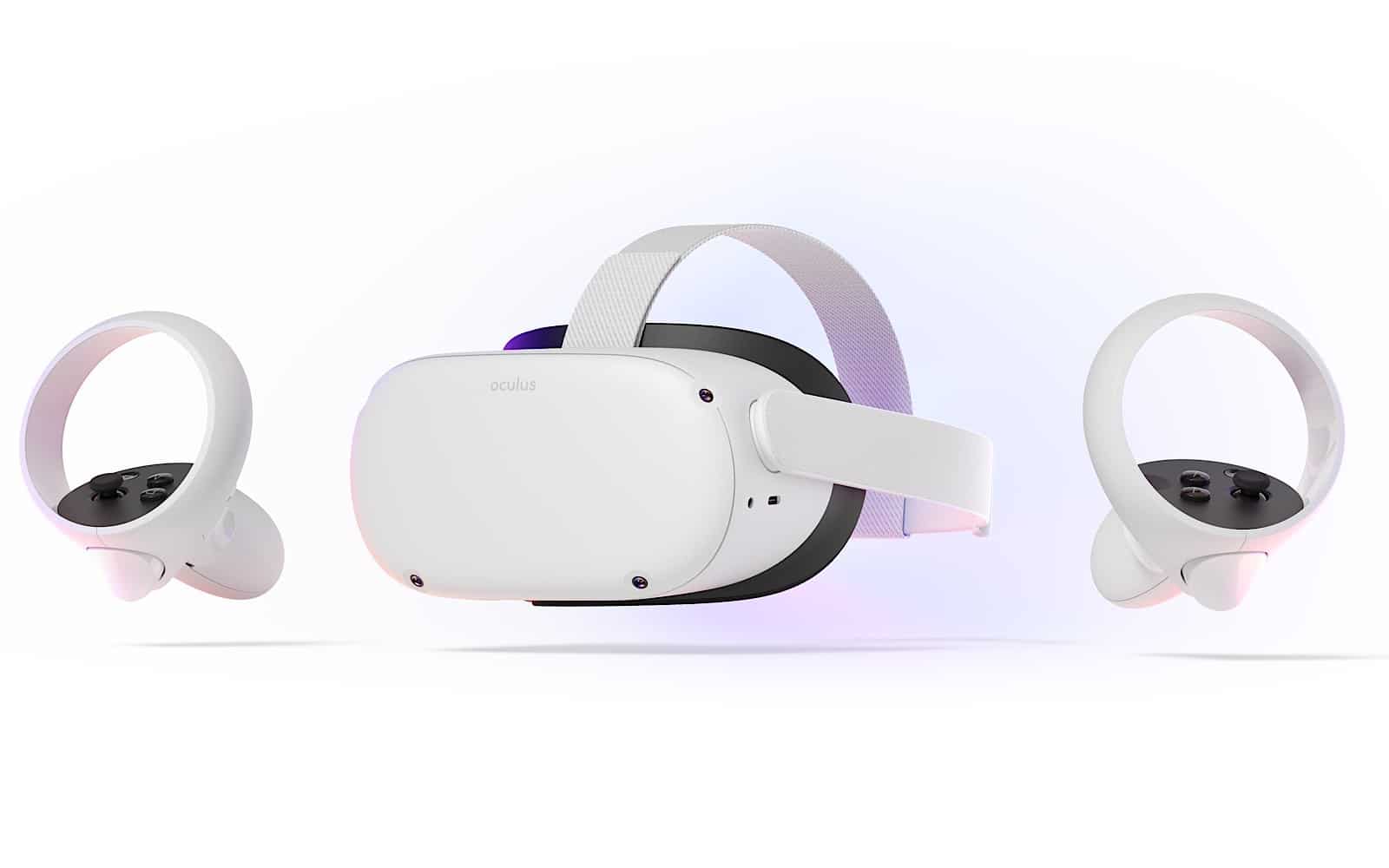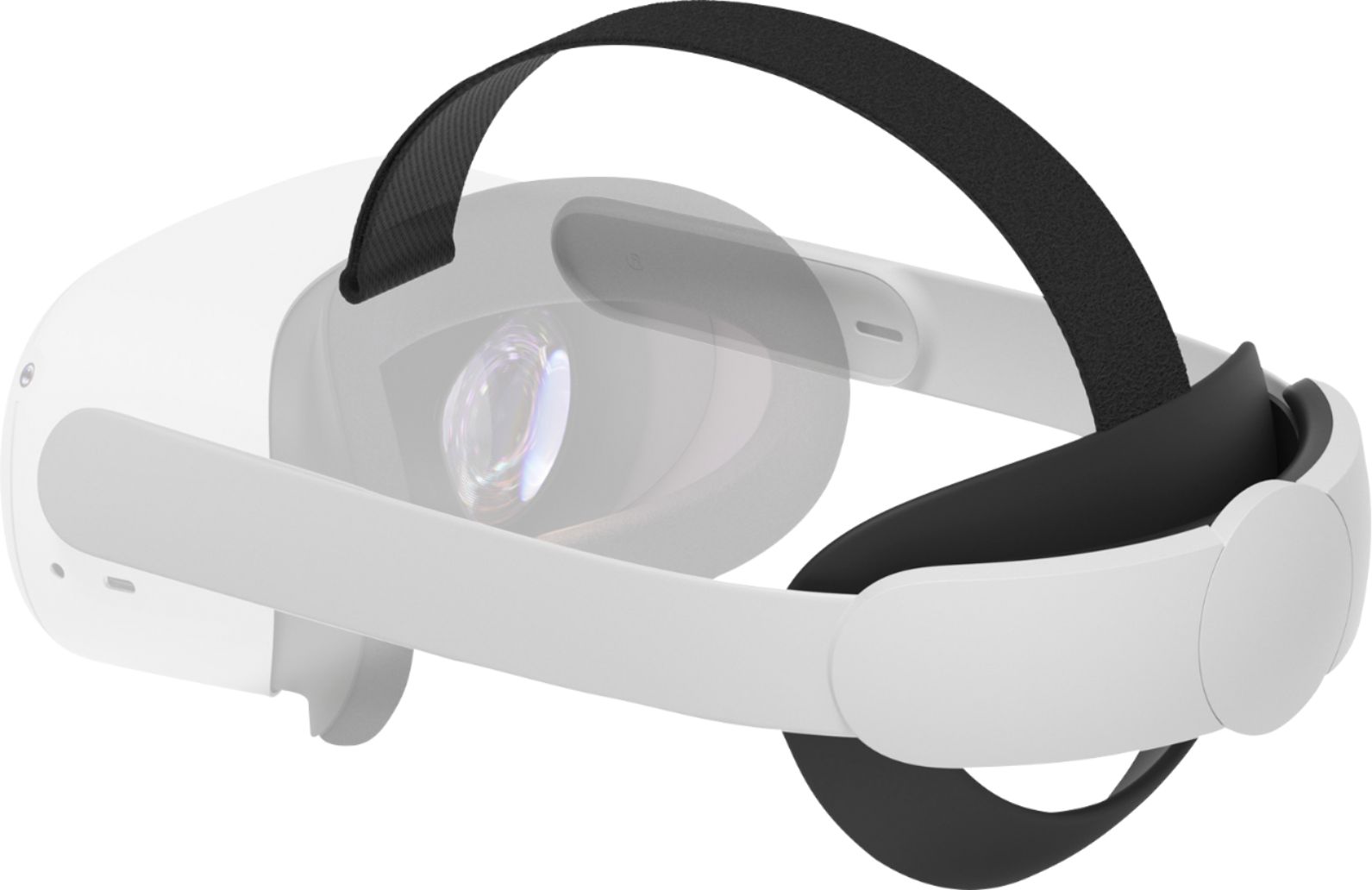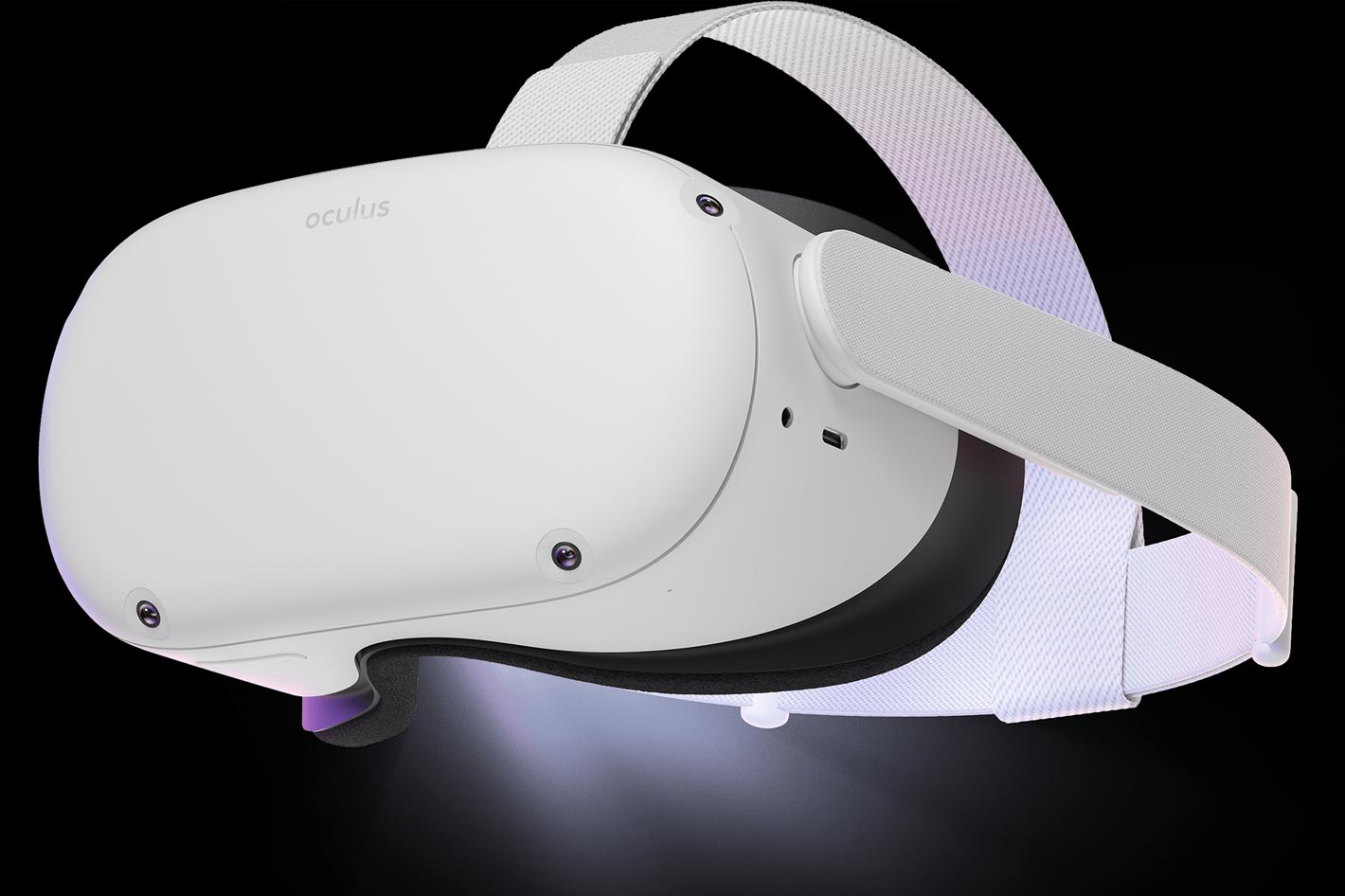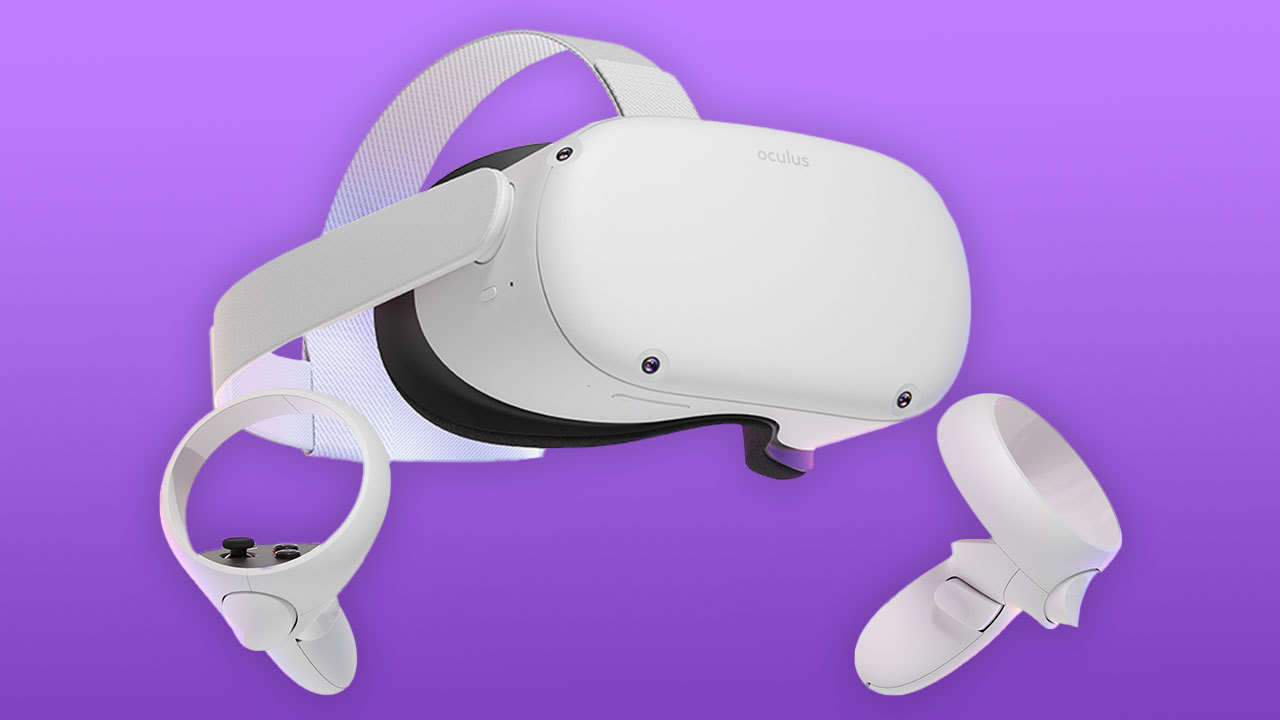
Oculus recently unveiled the Oculus Quest 2, the next in their line of cheaper VR headsets, and there’s a lot to talk about here. With improved technology and better hardware, Quest 2 looks set to become a viable cheaper entry point into the VR space for many, and ahead of its launch less than a month from now, in this feature, we’re going to talk about all that you need to know about it.
NEW DISPLAY
The Oculus Quest 2 is a significant improvement over its predecessor in many ways, with the display in particular being quite different. Instead of dual OLED panels like the first Quest, the Quest 2 will use a single LCD panel that will render nearly 4K resolutions- to be more precise, it will provide 1832×1920 pixels per eye, with each pixel mapping to three subpixels instead of two. That’s roughly 50% more than what the first Quest could manage.
PC COMPATIBLE
Last year, Oculus launched Oculus Link in beta, allowing users to play games previously restricted to the Oculus Rift with just a USB connection. When the Quest 2 launches next month, Oculus Link will be exiting its beta period and launching in full, and Oculus have some improvements planned for it. For starters, they plan to add support for the Quest 2’s improved resolution and frame rate. Additionally, Oculus Link will also allow users to see their Rift and Quest apps together and access native Quest features when that feature rolls out some time next year.
LEAP IN PROCESSING POWER
The biggest jump that Quest 2 has made in terms of technology is easily its processor though. While the first Quest used Qualcomm’s Snapdragon 835, the Quest 2 boasts an impressive leap of three generations with its Snapdragon XR2 chip, which is a variation of the Snapdragon 865 made specifically for VR headsets.
RAM AND STORAGE
The Quest 2 makes improvements over its predecessor when it comes to memory as well, though these are relatively less significant than, say, its impressive processor. It has a larger RAM of 6 GB (as compared to the 4 GB of the original Quest). In terms of storage, it comes in two models of 64 GB and 256 GB (as opposed to 64 and 128 for its predecessor).
90 Hz SUPPORT
The original Oculus Quest was beginning to get a little outdates as far as its refresh rates were concerned, and as you’d expect, that’s an area that the Quest 2 addresses. It will feature support for 90 Hz refresh rates, and support for that will also be added to Oculus Link “in the near future”, according to Oculus.
BUILT-IN IPD
Interpupillary displacement (or IPD) is an important thing to consider for any VR headset, and the Quest 2 offers greater and more granular control in that area as compared to previous Oculus headsets. The distance of the lenses from each other is controlled manually by grabbing the cups with your heads, and you will have three options to choose from- 58 mm, 63 mm, and 68 mm.
CONTROLLERS
The Oculus Quest 2 will also be launching alongside new controllers, a new version of the Oculus Touch controllers built as an improved version of the first generation controllers. These will offer greater accuracy and more efficient tracking, while the thumb rest sensor is also back. Though the controllers will still run on two AA batteries each, Oculus says their battery life is about four times as much as the original Quest’s controllers.
BATTERY
And what about the battery of the headset itself? Well, there aren’t a whole lot of improvements in this area in particular. Depending on what kind of usage your headset is seeing, it will last somewhere between 2-3 hours- which still isn’t a lot. Meanwhile, the headset will require about two and a half hours to be recharged to full capacity.
FORM FACTOR
Oculus have made some variations to the Quest 2’s form factor as well. At a glance, the differences are clear, with the headset now being predominantly white instead of the black exterior its predecessor went with. The strap is fabric-based as opposed to the Quest’s plastic strap, while the USB-C port is now on the back of the headset. Finally, the Quest 2 is also about 10% lighter at 503 grams as opposed to the 571 grams of the original Quest.
FACEBOOK ACCOUNT
This is one of those unavoidable things that you’re just going to have to deal with if you’re planning on getting a Quest 2. To use the headset – or any other Oculus headset – you’ll need a Facebook account starting in October. New users will have to sign in with theirs (or make one if they don’t have one), while existing users will have to merge their Oculus and Facebook accounts.
ACCESSORIES
Oculus have also announced quite a few accessories for their upcoming headset. You can get gaming headphone or earphones designed for the Quest 2 for $100 and $50 respectively. The Quest 2 Elite strap adds additional battery time and better ergonomics for $150. The Quest 2 Fit Pack includes two light blockers and a pair of interchangeable facial interfaces for $40. Then, of course, there’s the Oculus Link cable, which will cost $80.
PRICE
What about the actual headset though? Oculus have announced some very compelling prices for the Quest 2, which is, surprisingly enough, launching at cheaper prices than the first Quest did. The 64 GB model will cost $299, while the 256 GB model will cost $399. Add $80 to that for the cost of a Link cable, and you have a solid PC VR headset that’ll cost less than $400 (or $500, depending on which model you get), which is an excellent price no matter how you look at it.
LAUNCH
So when exactly can you get your hands on the Quest 2? It’s not going to be much of a wait. Oculus have announced that the Quest 2 will launch less than a month from now, on October 13. Support for the first Quest will end following that, though the Quest 2 will, of course, be backward compatible, while the original Quest will also continue to receive updates for some time to come.
ASSASSIN’S CREED AND SPLINTER CELL
This is something that applies to all Oculus VR headsets- but by extension it also applies to Quest 2, so let’s talk about it, because it’s potentially big news. Ubisoft have announced that VR entries in their Assassin’s Creed and Splinter Cell franchises are currently in development, and will be releasing exclusively for Oculus platforms. Fans have been begging for a new Splinter Cell game for ages at this point, and a new VR game wasn’t exactly what we had in mind… but something’s better than nothing, right? It remains to be seen just how high-budget these games are going to be, or when they will be out, but we’re hoping for the best here.








